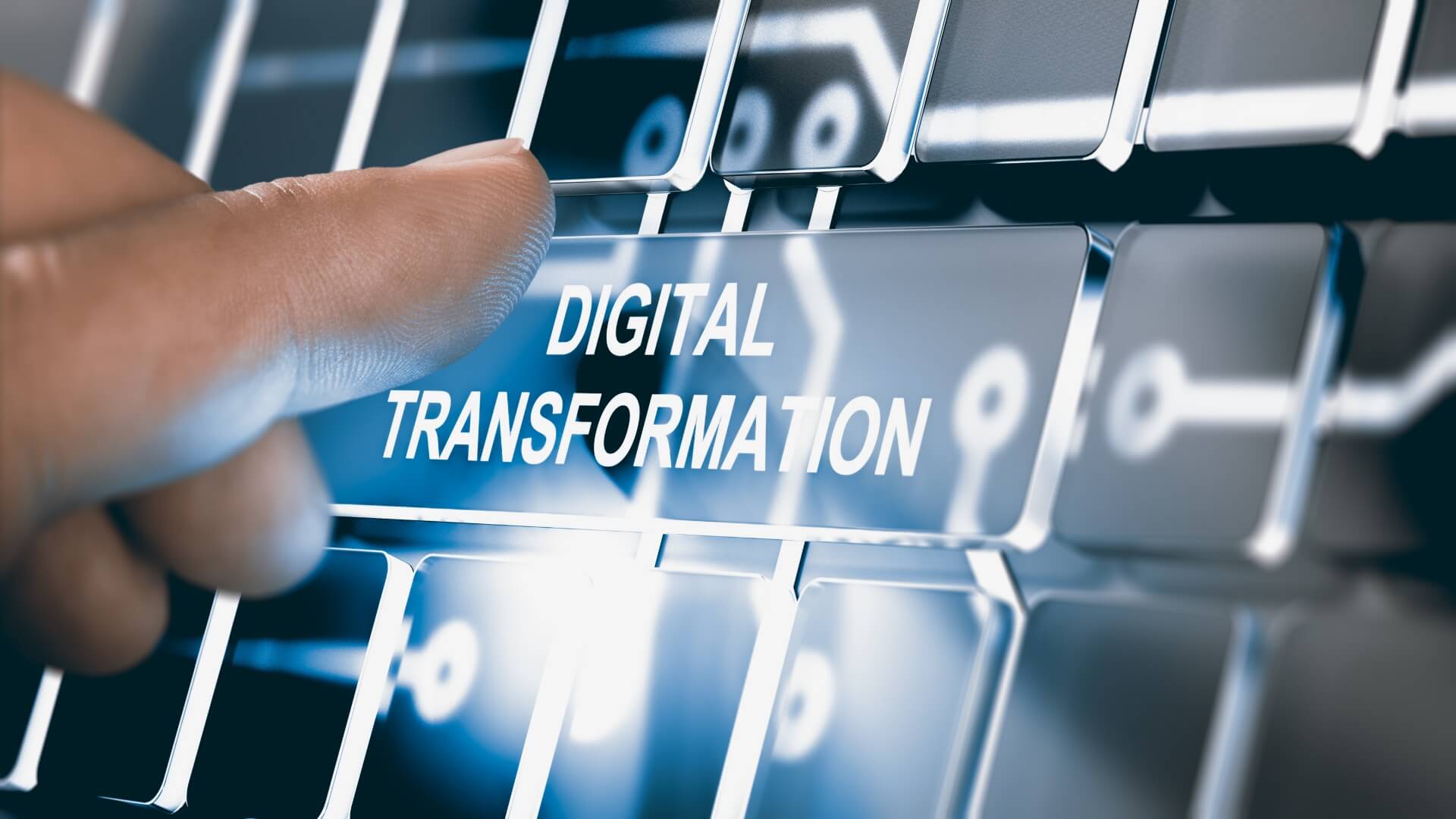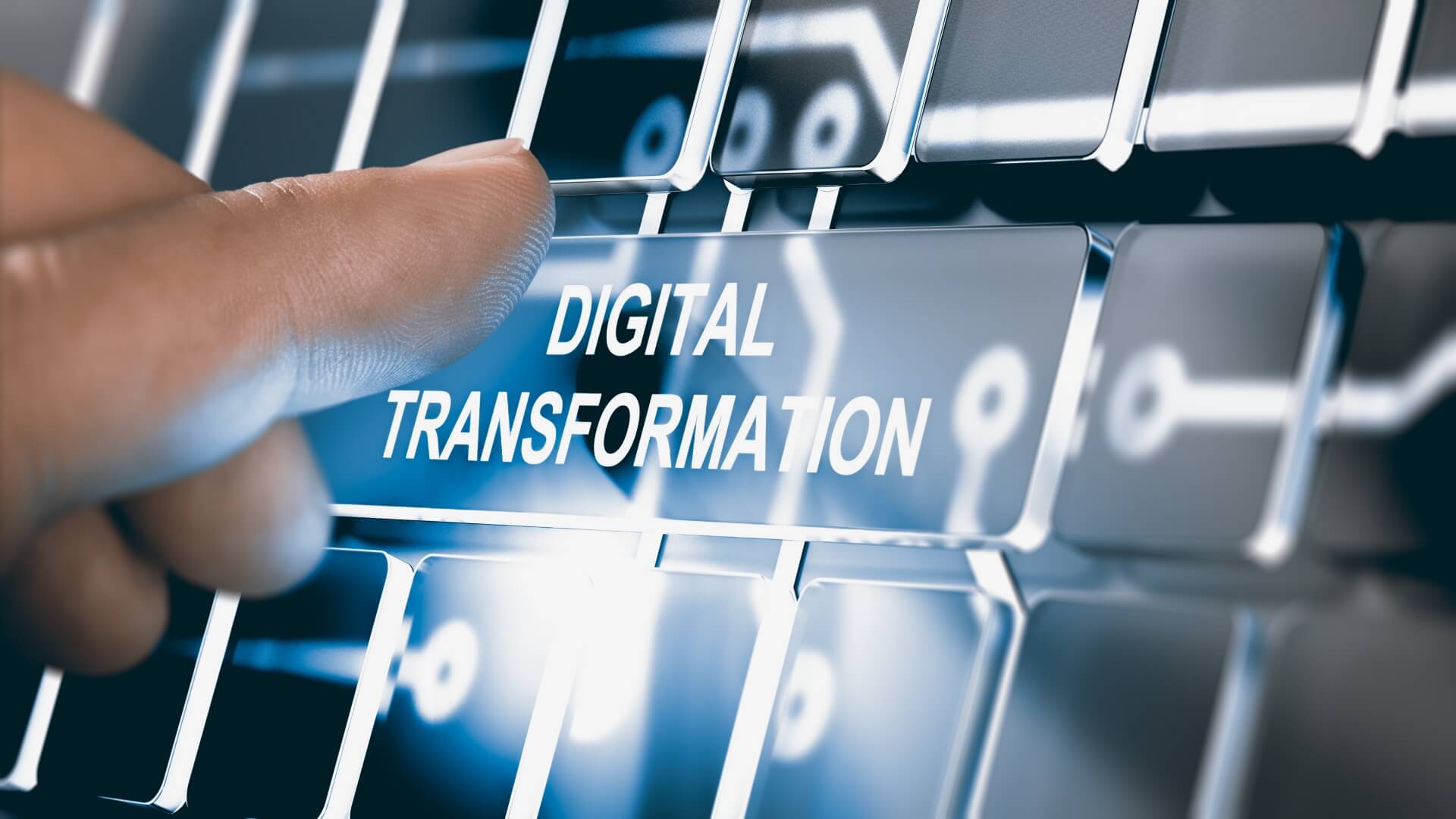Digital transformation refers to adapting to newer and more efficient technologies to create completely new business processes or modify existing ones. This also extends to changing the business culture, customer experience, and general way processes are conducted daily.
Every industry from healthcare and automobile to marketing and the stock market is embracing technology to further itself in the market. Below are trends that are ruling 2022 and are here to stay. Learn more about them to embrace them in your business culture and get the most out of them.
Blockchain
Blockchain is a digital ledger technology or shared database on which the biggest cryptocurrency, Bitcoin, operates. Individual blocks are securely linked together and used to send data from one place to another in a secure and decentralized manner.
It has now grown outside of being a network for Bitcoin. Its secure network is now widely used in sectors such as healthcare, finance, and real estate. Not just that, it is also set to play a significant role in cybersecurity, another major trend of today.
Investing in blockchain[*image2*]
To hop onto the blockchain trend, invest in it directly or indirectly. Solana (SOL) and Mushe Token are some of the biggest blockchain investments you might look to get into, for starters. They’re available as cryptocurrency, DeFi, Web3, and NFTs among other options.
Solana is the fastest blockchain in the world at the moment. It is the most popular and common, making it a great investment option. You can buy Solana with a credit card in America. It is readily available to be invested in directly in America.
Use Solana’s decentralized technology to develop user-friendly software applications. It is also known as the ‘Ethereum Killer’ due to it outmatching the highly popular by offering solutions to its problems such as gas fees and transaction speed.
Remote working
Perhaps the most tangible digital evolution seen in countries around the world like the USA, Australia, India, and the UK is the rise of remote working. A report by McKinsey noted that 20% of the entire workforce of the world could work away from the office for most of the time without it impacting its productivity in any way.
Remote and hybrid work environments allow employees to work at the times and places they’re most productive. It might be in the morning, afternoon, or late at night. It might be from the comfort of an employee’s bed or a study table.
The resurgence of remote work has meant that the management has to also step up with digital workplace strategies. Courtesy of this, there has been a rise in the use of collaboration platforms and tools as well as automation, which we’ll discuss below.
Cloud technology
Cloud solutions were already gaining momentum due to their many benefits enabling smooth business operations. However, they have gained a significant push post-pandemic as they become the go-to tools for remote work and management.
Businesses might move their data to cloud platforms that might be accessed by multiple devices securely. It helps you create a seamless digital experience for both employees and customers. Its accessibility makes it key to the digital transformation of a company setup.
The cloud setup does struggle with some challenges such as managing the complexities of trickier work structures and inconsistencies in some cases. However, it has vastly helped in simplifying digital ecosystems, making it a mainstay in any company operating today.
Hyperautomation
Automation refers to creating processes and technologies that minimize human input in a procedure. As we evolve digitally, automation is being replaced by hyperautomation. It refers to the integration of automation in as many business operations as possible.
As per a report by MuleSoft, most companies intend to implement automation initiatives to achieve the following goals:
Improving productivity — 96%Improving the customer experience — 93%Improving overall operational efficiency — 93%Automation, and by extension hyperautomation, achieves these results by reducing costs and making your operations highly scalable. You might apply it to entire projects or just a part of a project, depending on your needs and budget.
Artificial intelligence
The use of artificial intelligence has increased by 88% since 2020 by service decision-makers. It is often used along with automation and machine learning to contribute to the seamless digital experience.
AI not only systematically collects data, but it also sorts in legible and meaningful ways. It’ll draw up the analytics you require to help you analyse situations in absolute terms. It helps establish a data-driven approach that fosters innovation.
5G
5G is the fifth-generation mobile network that is the successor of 4G. It began deployment worldwide in 2019 with a focus on improving the speed and responsiveness of wireless networks. It serendipitously arrived at the onset of the pandemic.
5G is the new normal in the corporate scene now. It offers greater bandwidth and stable connectivity. Combined with extensively high speeds, the 5G internet is a highly satisfying experience for employees and customers.
It has completely changed the way we work and live. Every industry is trying its best to tap its benefits to propel itself further.
Some of the key digital trends of 2022 that you might keep an eye on are blockchain, remote working, cloud technology, and hyperautomation.
They help create a seamless work model that benefits both employees and customers. They simplify your work ecosystem and make it more accessible to everyone around the globe.





























